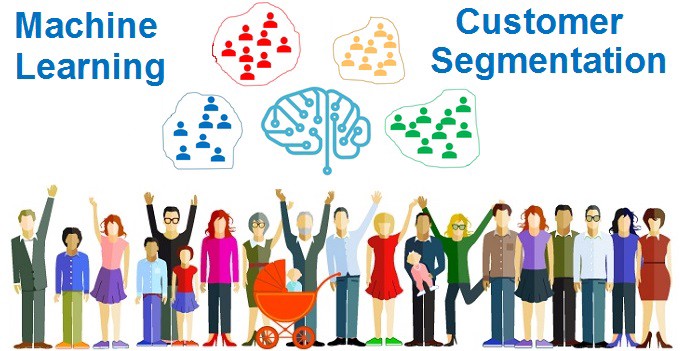One of the key difficulties that promoting groups should address is distributing their assets in a manner that limits “cost per securing” (CPA) and expands profitability. This is conceivable through division, the way toward isolating clients into various gatherings dependent on their conduct or attributes.
Customer Segmentation can help decrease squander in promoting efforts. If you know which clients are like one another, you’ll be better situated to focus on your missions at the correct individuals.
The Customer Segmentation was beforehand a difficult and tedious undertaking that requested long stretches of physically poring over various tables and questioning the information to find approaches to bunch clients. However, lately, it has become a lot simpler gratitude to AI, man-made consciousness calculations that find measurable normalities in the information. AI models can deal with client information and find repeating designs across different highlights. Much of the time, AI calculations can help to promote investigators to discover client fragments that would be exceptionally hard to spot through instinct and manual assessment of information.
Customer Segmentation is an ideal illustration of how the mix of man-made brainpower and human instinct can make something more prominent than the number of its parts.
AI calculations come in various flavors, each appropriate for explicit sorts of errands. Among the calculations that are helpful for the client, the division is k-implies bunching.
K-implies bunching is a solo AI calculation. Unaided calculations don’t have a ground truth esteem or marked information to survey their presentation against. The thought behind k-implies bunching is basic: Arrange the information into more comparative groups.
For example, if your client information incorporates age, pay, and spending score, a very much designed k-implies model can help partition your clients into bunches where their properties are nearer together. In this setting, the likeness between groups is estimated by ascertaining the distinction between the age, pay, and spending score of the clients.
When preparing a k-implies model, you show the number of bunches you need to separate your information into. The model beginnings with arbitrarily positioned centroids factors that decide the focal point of each bunch. The model experiences the preparation of information and relegates them to the bunch whose centroid is nearer to them. When all the preparation occurrences are arranged, they straighten the boundaries of the centroids out to be at the focal point of their groups.

